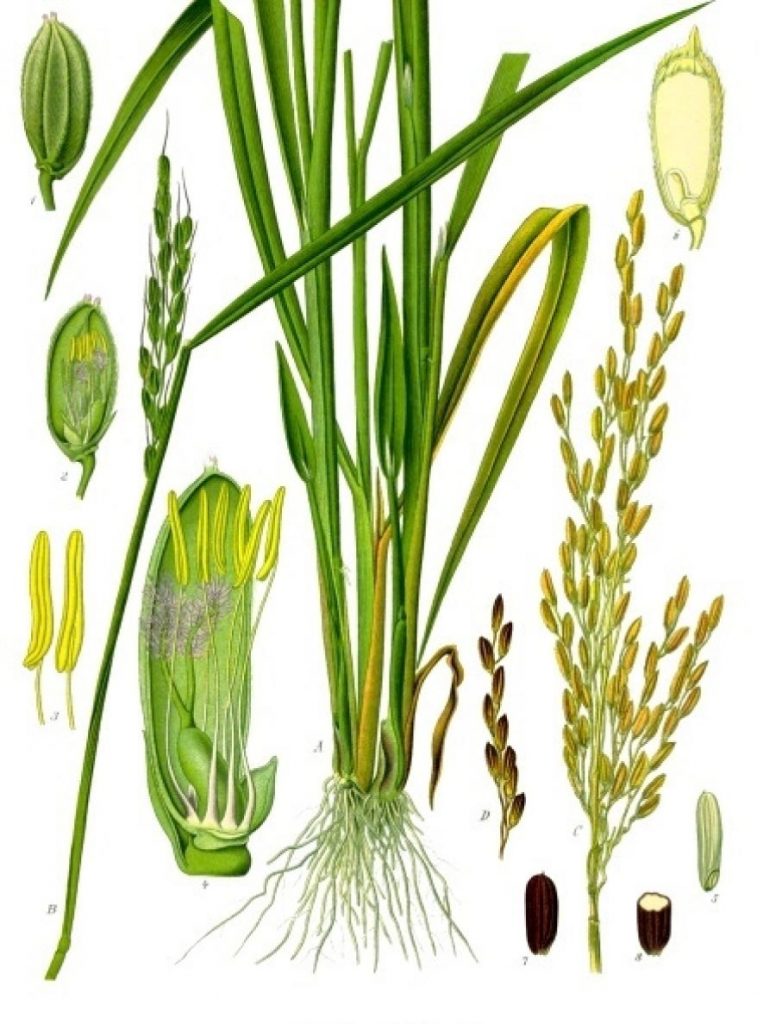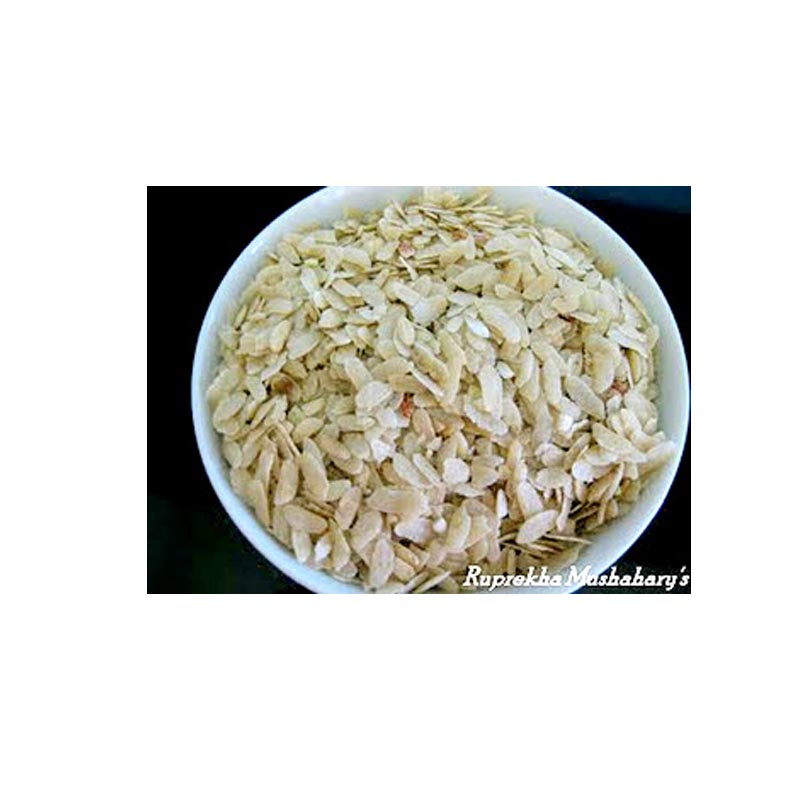 Editor’s Note: Many of these terms have been lost through time. We reprint this to remind readers about our rich rice heritage.
Editor’s Note: Many of these terms have been lost through time. We reprint this to remind readers about our rich rice heritage.
A s early as 1915, about 1,200 varieties of rice were recognized (of which 991 were found to be distinct varieties), consisting in general of two major types – the hard grain (which includes manganahao, hagbayanon, balanay) and the soft, chalky grain (which includes malagkit and binoyaoan). The husked grain ranges in color from pearly white to a deep purple.
At each stage of its growth and production, it is given a distinct and meaningful name. Among the farmers in Tayabas (now Quezon), for example, the following 16 names were noted:
1. nangangarayon, from the root word karayom, meaning needle. It is the sprouting stage, at which time the young plant is as straight as a needle.
2. nanglulugay, from the root word, lugay, meaning loose or hanging. At this stage, the young leaves begin to droop.
3. nagdudumalaga, from the root word dalaga, meaning a young girl who is about to reach puberty. At this stage, the plant is growing up but has developed no nodes.
4. namamantayan, from the root word, pantay, meaning level or equal. At this stage, the leaves are growing to the same level.
5. naglilihi, from the root word, lihi, meaning conceive. The plant now starts its nodes.
6. naghihilang-pandong, from the root words, hila (pull) and pandong (covering). The last leaf is now beginning to cover the stalk.
7. panilusan, from the root word tilos, meaning point. The stalk is now covered, in a pointed fashion, by the leaves.
8. nagbubuswak, from the root word buswak, meaning to come out or open up. The flower-stalk now appears.
9. nagtuturo, from the root word, turo, meaning pointed or end up. At this stage, the stalk is developed and straight and pollination occurs.
10. nagtutungo, from the root word, tungo (bent), which describes the appearance of the flower-stalk.
11. nagmamalagatas, from the root word, gatas (milk). The pods at this time contain a milky substance.
12. nagmamalabato, from the root word bato (stone). The grain now begins to harden.
13. nagpuputi ang dulo, from the root words puti (white) and dulo (end or extremity). It indicates that the grain is turning white (that is, yellow or golden), also called pilipigin.
14. balikatan, from the root word balikat, meaning shoulder. The base of the stalk is still green, while the remaining two-thirds is now golden.
15. hinog, meaning ripe. Grain is now ready for harvesting.
16. tuy-ok, meaning over-ripe. Grain stalk falls to the ground and dries up.
Rice Terminologies
Green rice … Duman
Grains, green without contents … Pitis
After first pounding … Yuba
Husked grain … Bigas
Cooked kanin … sinaing
If soft … malata
If hard … maligat
If stuffed… siksik
If loose … buhaghag
If fried … sinangag
If boiled with much water in a gruel … linugaw, atuli
If boiled, as in a broth … aam
If wrapped with banana or coconut leaves … sinuman
If ground and cooked in an oven … bibingka
With coconut milk over it … bibingkang gata
If ground and cooked in steam … putu, putung puti
If ground and cooked with lye, sugar and anise … putung pula, kutsinta
Roasted green … inabu
Burnt underside of boiled rice … tutung
Popped rice … inulas, binulaklak
Ground, watery, uncooked … galapung
Pounded while green … (malagkit) pipig, pinipig (pilipig)
Grain for planting … binhi
Grain for feeding fowl … patuka
First shoots … baslas
Ready for transplanting … punla
Grain separated from stem… kinalas, giniik
Broken grains … binlid
The husk … ipa
Powdery elements of husk … darak
Powder with broken grains … matamata, kunu
Pounded … binayu, bayuhan
Machine-milled … kinunu
Milled, inferior type … kiniskis, kiskisan
Ground … giniling
Early rice … paaga, pauna, karatu (kadatu)
Late rice … pahuli
With empty grains … maipa, mapitis
With few grain stalks… talagtag
Watersoaked plant … kulukatikan, kulukatik, kulukatingan, pasmudu
Plants at four months … makaapat, dumali
Developing grain stalks … takdawan
About to bud … butikas
Grains developing contents … magbuntis
Overdried … tukul
With poor grain … pupung
Burnt … agum
Stems without grain … ginikan, dayami
In sheaves … binigkis
The sheaf … bigkis
Sheaves in small heaps … tinimbun, paluupun
The heap … timbun
In larger heaps … sinipuk
The large heap … sipuk
In hill-like mounds … minandala
The mound … mandala
Longish grain … tinagbu
Grain with tail-like growth … buntutan
Grain with hairy husk … balahibuhan, sanlangul, buluhan
Grain without husk but with membranous coating … timyas, (because of is sweet scent); santimpyas
Grain without such coating but with reddish remnants … pinawa
Sticky rice … malagkit
Mountain or upland … palaybunduk
Plain or flatland … palaypalanas
Marshland or watery … palaytubigan, tubigan
Hard grain … batu, malabatu
Very white … malagatas
